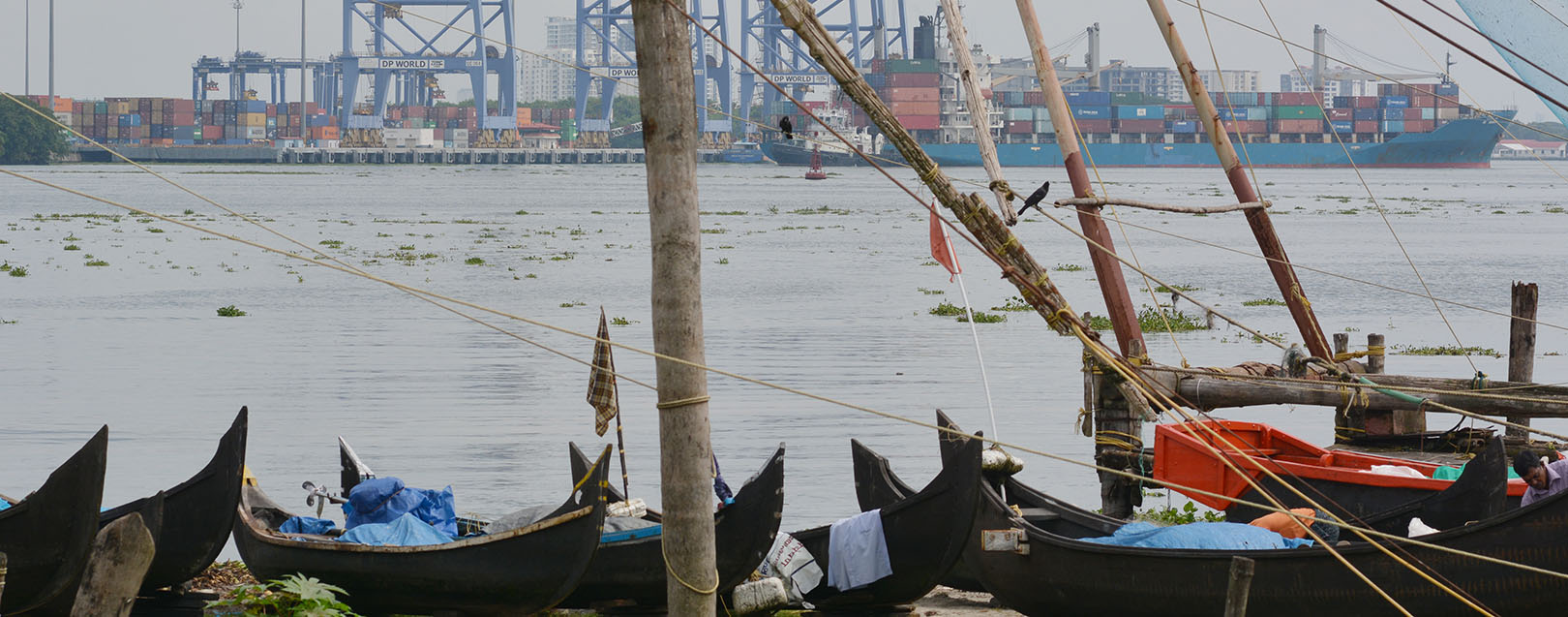
The Baltic Dry Index; Why India missed the bus
Sheela Mamidenna
The Baltic Dry Index on Wednesday stood at 1,162 against a record low of 290 experienced in February. The index shows there has been a four-fold rise in figures. Indian shipping companies could have used this opportunity to reap benefits but failed to do so.
This can be considered a missed opportunity and India’s lack of efficient shipbuilding and ancillary industry is to be blamed for it. At a time when Global shipping giants are reeling under pressure, a case in point being Hanjin, the Shipping Giant from South Korea declaring bankruptcy, this could have been the ideal time for India’s shipping industry to grab a share of this market which could be a huge foreign exchange churner for the country.
As per UNCTAD Review of Maritime Transport 2016, India is one of the largest ship owning countries in South Asia with 947 ships (national and foreign flag) with dead weight tonnage (DWT) of 21.7 million. Yet India’s share in total world DWT is only 1.21%. According to the Shipping Corporation of India, the overall fleet position as on Dec 1, 2016 is 69 with a GT of 3.3 million and a DWT of 5.85 million. According to the Ministry of Shipping as on 31 Dec 2015, India had a fleet strength of 1247 ships with Gross Tonnage (GT) of 10.51 million, with the public-sector Shipping Corporation of India having the largest share of 38%. Of this, 373 ships with 9.00 million GT cater to India’s overseas trade and the rest to coastal trade.
India needs to change its fleet which has as many as 42% of the vessels crossing 20 years of age. In addition, 12% of the ships are in the 15-19 years bracket, while the ship-breaking sector continues to decline. This was revealed by the Finance Minister while tabling the Economic Survey for 2015-16 in February in the Parliament. “The shipping sector has been passing through tumultuous waters in recent years... There is urgent need to increase India’s shipping fleet. With asset prices, currently being serendipitously low, the time is right to acquire new generation ships to replace ageing ones,” the Survey revealed.
The other problem that India’s shipping industry faces is the lack of large Capesize and Chinamax vessels. In fact Indian ports are today unable to even handle smaller Panamax vessels leave alone Capesize vessels. Indian ports suffer from inefficient and unreliable infrastructure for container movement through highways, railways and ports. As a result there is always a huge gap between demand and supply. This is the reason more than 45% of container traffic is transhipped via Singapore, Colombo and Dubai ports. Singapore takes up 16% of the traffic, Colombo takes up 15% while Dubai handles 14% of freight from India.
For India to hit above its weight, what is required is an overhaul of the ports and ship building industry to align itself with global demands and trends.
If the shipping industry can ramp up production and bring forward the delivery dates for the new ships, and quickly revamp its portfolio, India’s shipping industry could soon be a force to reckon with.






 to success.
to success.